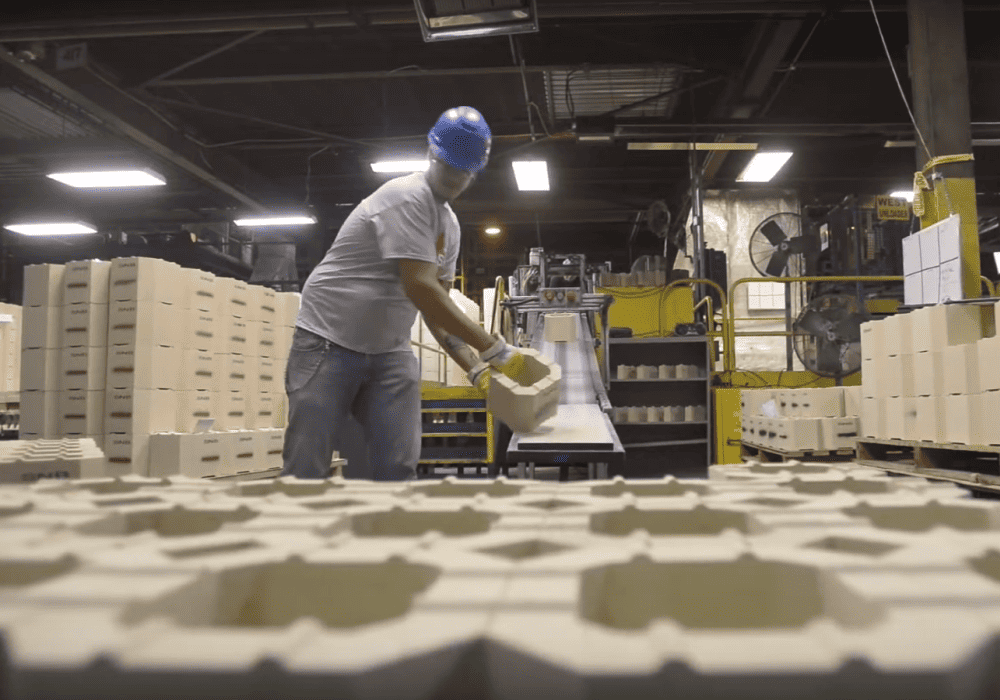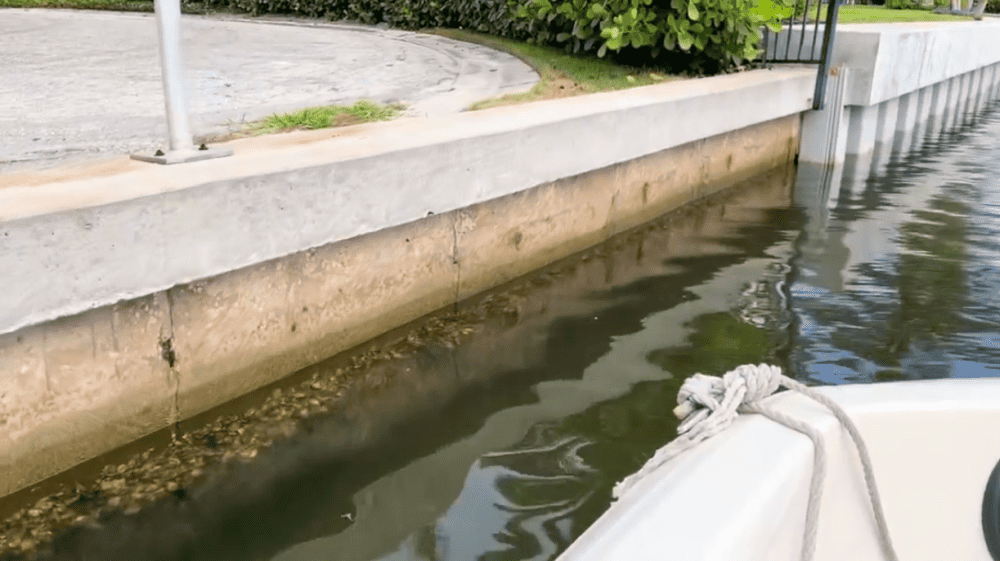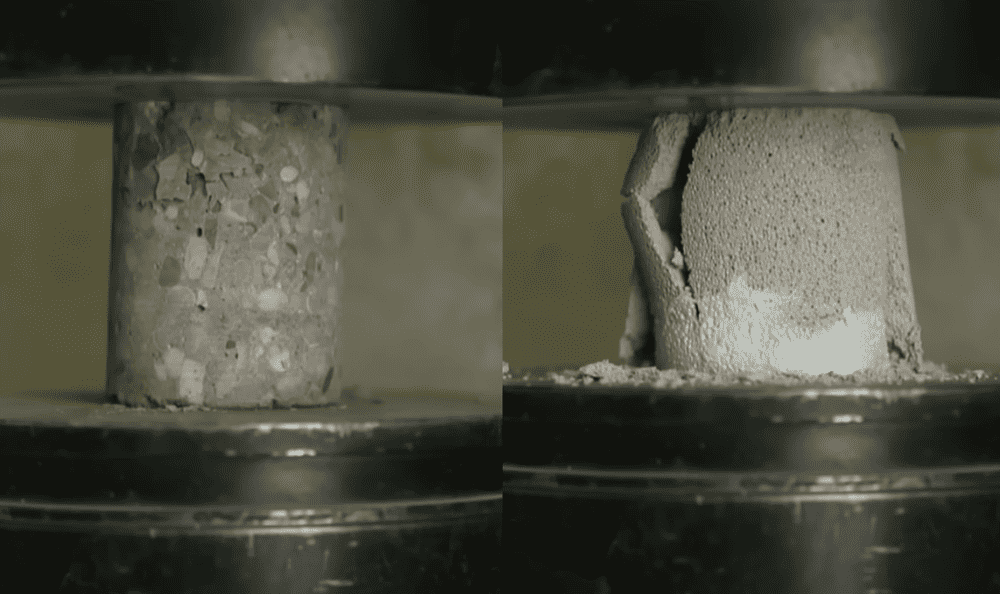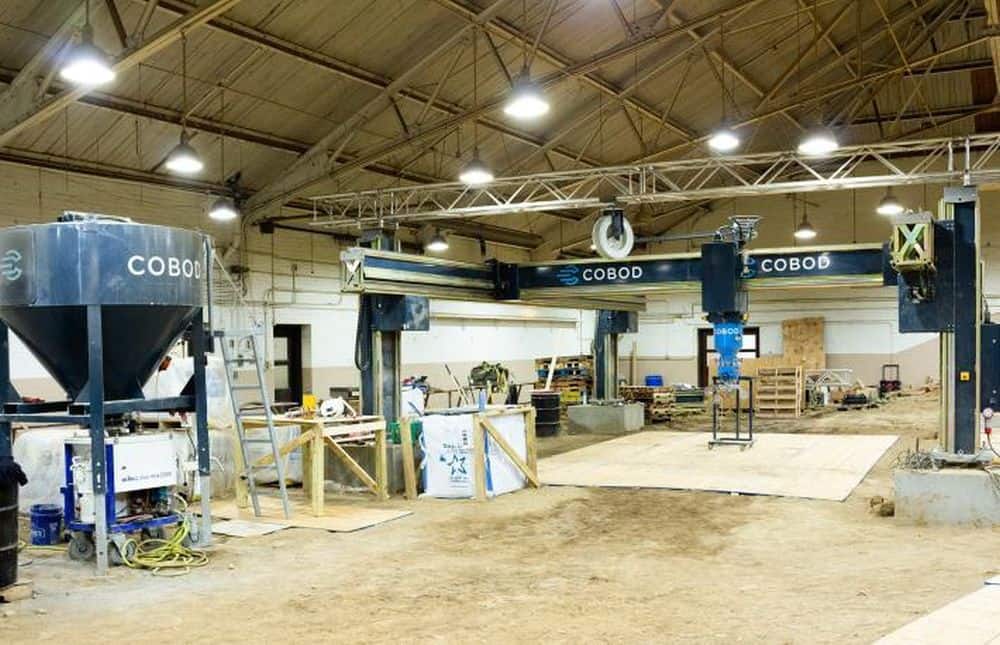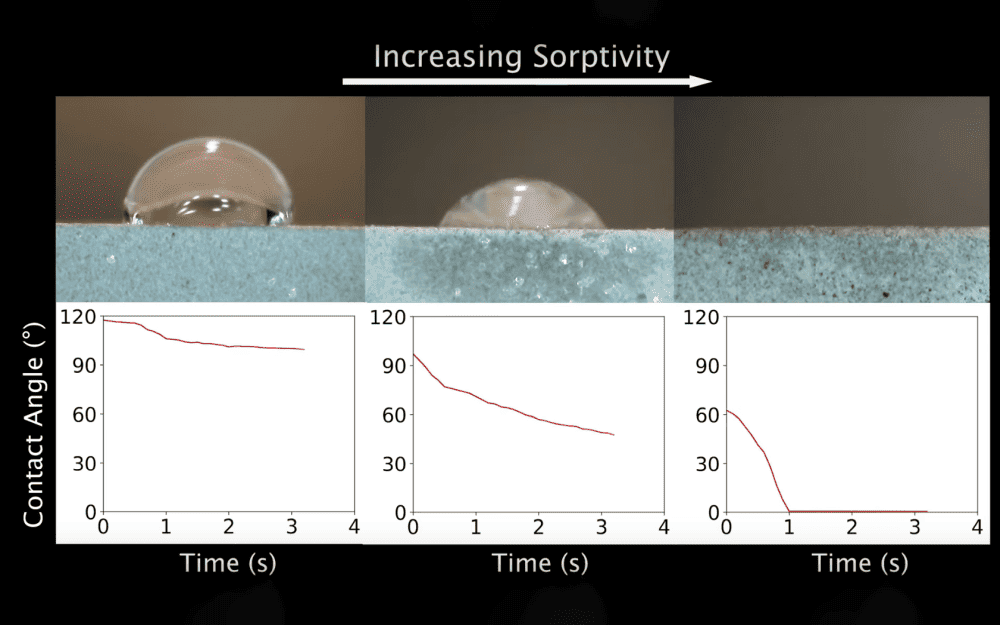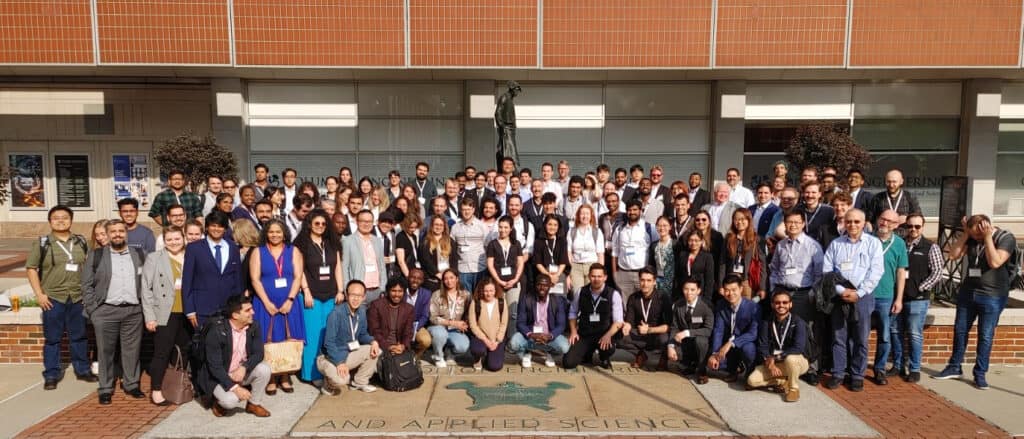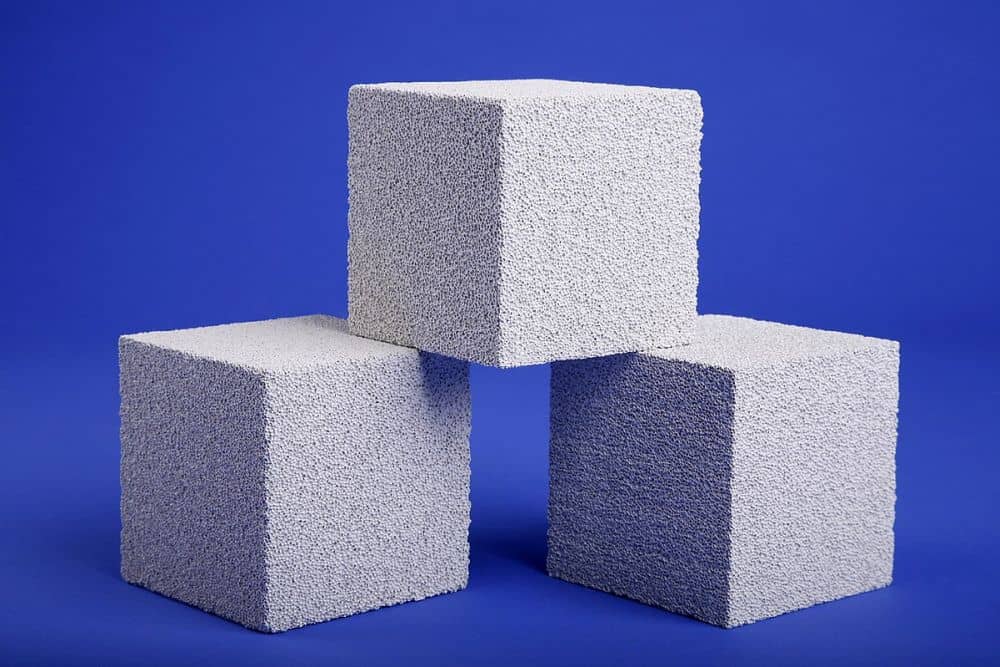In August 2023, researchers at the Federal University of São Carlos in Brazil conducted preliminary tests on the potential of metakaolin-derived geopolymer binders to replace calcium aluminate cement binders in high-alumina refractory castables. A new follow-up study confirms this potential.
Read MoreDetermining the degree of carbonation in a concrete structure allows for timely maintenance to avoid catastrophic failure. Researchers led by the University of São Paulo’s Physics Institute developed a luminescent material that can indicate the degree of carbonation in concrete structures in a nondestructive manner.
Read MoreVinyl seawalls have grown in popularity compared to traditional concrete due to being less costly and unsusceptible to salt water. Yet this budget-friendly solution may cause even more problems for the environment, based on observations from a small-scale study reported by Sarasota Bay Estuary Program staff.
Read MoreYears of slashed infrastructure spending by the U.K.’s Conservative-led government has culminated in a crumbling concrete crisis as buildings constructed out of reinforced autoclaved aerated concrete begin to fail after being pushed beyond their intended lifespan.
Read MoreFurther expanding the use of 3D printing in construction will require training the next generation of builders on these techniques. A new research partnership between The Ohio State University and 3D-printing construction company Pantheon Innovative Builders will help provide this training through use of COBOD International’s construction-grade BOD2 printer.
Read MoreTesting the durability of building materials is typically a slow, tedious, and labor-intensive process. Researchers at the University of Illinois Urbana-Champaign used computer vision to develop a fast and affordable method for testing cement durability, demonstrating the potential to improve quality control in the cement industry through automated methods.
Read MorePlayers in the cement and concrete sectors are working diligently to achieve a reduction in emissions. However, there are multiple gaps in knowledge about the extent of these emissions, which makes it difficult to determine how effective new initiatives are at reducing emissions. A group of researchers from several universities in the United Kingdom are conducting a large-scale study to help fill this knowledge gap.
Read MoreThe 13th Advances in Cement-Based Materials meeting, which took place June 14–16, 2023, at Columbia University in New York, featured a variety of events, including a poster session, the Della Roy Lecture, and an industry panel.
Read MoreReducing the amount of raw material needed to produce concrete is one way to help cut emissions in this industry. Aerated concrete, a lightweight and porous construction material, contains less raw material per volume than many other building products. Today’s CTT contains a brief overview of this material, including its history, production methods, applications, and ways to improve its end-of-life sustainability.
Read More

